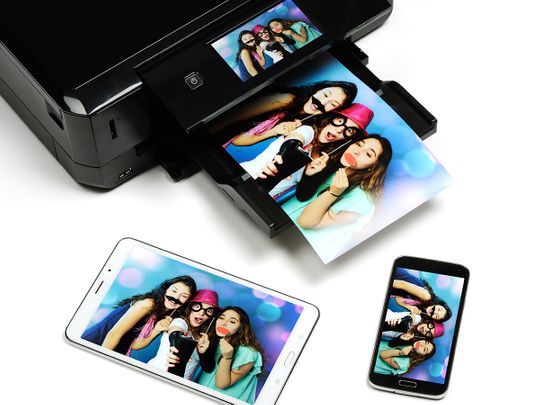
It is compulsive and for some, no less than a disorder. Crawling out of every social media woodwork, influencers and ‘content creators’ are ubiquitous, and they play a game with no rules. It is a slippery slope.
Recently, an influencer posed in a yoga asana at the Golden Temple in Amritsar, the holy shrine of the Sikh community. After the furore, rightly or misplaced over her photos, she apologised but claims she still receives threats, an extreme reaction.
In the past, there have been plenty of distasteful actions by a burgeoning section of people that swear by social media validation, that it pays many of them for doing so is an added attraction. In an infamous incident, a TikTok influencer posed nonchalantly at the holocaust memorial in Berlin, sitting on one of the concrete slabs and swaying as a man clicked away.
On occasion, this desperation to be a cut above the rest has dire consequences like the recent tragedy involving a 23-year-old woman in India. She died while filming an Instagram reel in a car that was in reverse gear. Engrossed in filming herself, she accidentally pressed the accelerator instead of putting her foot on the break. Her car plunged down the cliff and into the valley below.
Shark-eat-shark world
The pressure to stand out in the deep ocean of social media, whether as an Influencer or an ordinary user of the gram chasing ‘likes’ has pitfalls, not least dangers to self. Here, imitation is not only flattery. That extra push can even prove fatal as it did with the young woman whose car tragically dropped 300-ft or another young man whose attempt to imitate a movie’s suicide scene went horribly wrong.
Social media’s dark side is populated by ‘content creators’ who idolise the likes of Kylie Jenner and Gigi Hadid and want a piece of the same pie. But without any advisory, the influencer industry is a shark-eat-shark world. As per an American survey, twenty-seven million US citizens and three hundred million people globally call themselves content creators.
The Influencer industry is worth billions, and there is a jostling to sell everything from health, and fashion to travel. In this competitive space, source and reliability are both dodgy. Misinformation thrives as much on Instagram or TikTok as it does on WhatsApp.
Flooding the online content space is health advice, from drinking water to food habits, opinions are floating like the Spanish Armada of the 16th century. Many of them are alarmist. Growing up, we were warned of quacks, here and now an alternate industry on Instagram doles out critical (dis)information without consequences. Fitness is no different, trainers have cult followings but unknown credentials.
Nothing though compares with the skincare industry. From Korean must-haves to unknown brands, influencers have revolutionised beauty. ‘Sephora babies,’ or Gen Alpha – kids not even in double digits – are layering their faces with products whose ingredients are harmful, especially at an early age.
The truth is in the reels
Aided by their parents who let them splurge at cosmetic stores, they are the new breed of ‘skinfluencers.’ With millions of followers, who will monitor and protect kids as young as 8 years of age online when they make reels on accounts run by their parents?
Illinois became the first American state to pass legislation to protect child influencers. It entitles children under sixteen to a percentage of earnings from their monetized online content. Children under thirteen are not eligible for social media, especially Instagram. The truth is in the reels.
Unfortunately, there is a real contest between those soliciting advice and, those giving it. The dysfunctionality is how social media is a medium of knowledge and information for the younger generations, a dissonance exploited by the influencer industry. Consumerism enshrines checks and balances, on social media there are none.
What influencers sell is at times more damaging than the risks they take themselves. In a world of make-believe, there are two sides to the coin- the doom and gloom of health are corresponded by false normalcy where the influencer meets the perfect selfie. What is on display online is not always real, yet, to impressionable minds there is no means of sifting the wheat from the chaff.
With notoriously unregulated standards, it does not take much to be a copy, influencers and wannabees are clamouring to go down the rabbit hole. There is pressure and competition, and the emotional health of both the consumer and the influencer is compromised. Doom scrolling also leads to burnout, depression, and addiction.
When a single post gets big bucks without moving from the couch, a generation that ‘likes’ things on a platter is not surprisingly considering it a career option. Much has been spoken about the smartphone and its complicated relationship with the young but social media continues to sidestep any such scrutiny.
For one, there is not enough attention to how it influences behaviour. In its absence, the influencer industry remains a toxic bait, enticing but without ethics.









